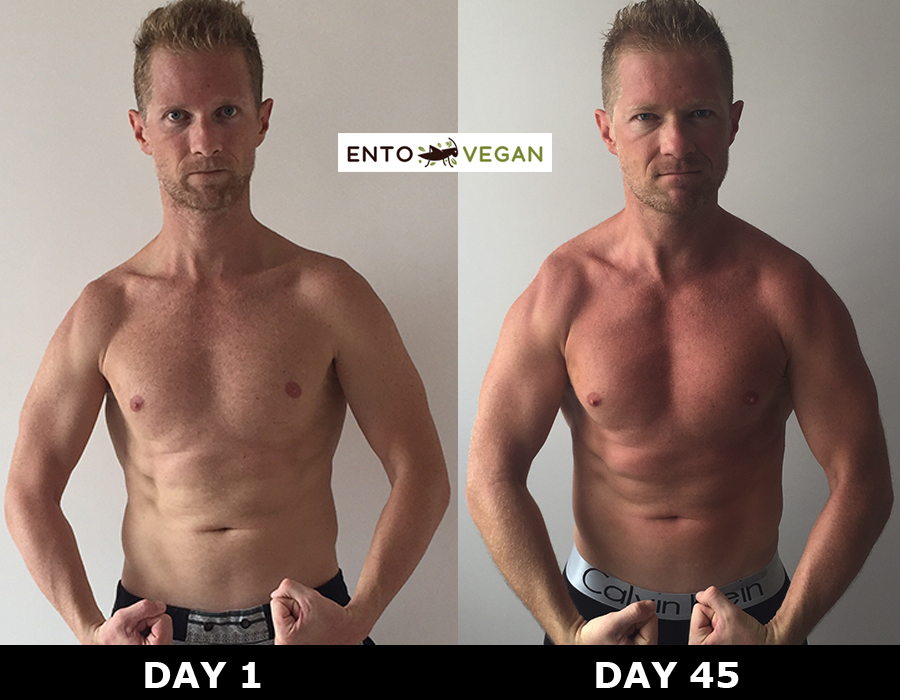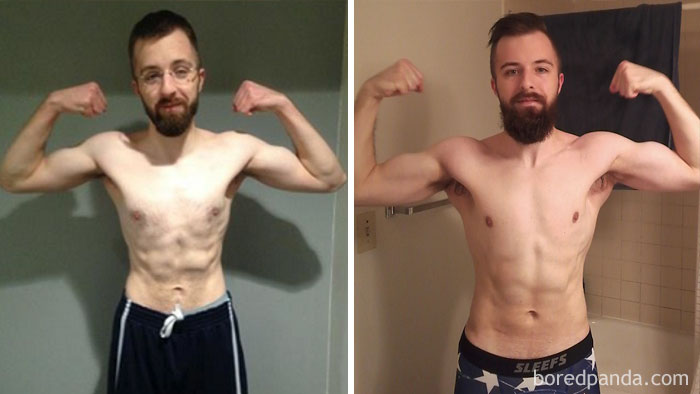Steroids 1 Month Before And After

The clandestine world of anabolic steroids casts a long shadow, often depicted in sensationalized narratives of overnight transformations and aggressive outbursts. However, the reality is far more complex, a tapestry woven with intricate physiological changes, potential health risks, and varying individual responses. This article delves into the science and lived experiences surrounding steroid use, specifically focusing on the critical period one month before and after a cycle, a timeframe crucial for understanding both the potential benefits and the insidious dangers associated with these substances.
This examination transcends the simplistic portrayal of steroids as mere muscle-building agents. It's a deep dive into the hormonal manipulation, the potential for both positive and negative outcomes, and the ethical dilemmas that arise when individuals choose to alter their bodies through artificial means. By focusing on the pre and post-cycle phases, we aim to provide a nuanced understanding of the risks and responsibilities involved, moving beyond the hype and misinformation that often cloud this topic.
The Preparatory Month: Setting the Stage for Hormonal Disruption
The month leading up to a steroid cycle is often underestimated, yet it’s a period of critical preparation, or lack thereof, that can significantly influence the outcome. Individuals considering steroid use typically engage in intensive research, seeking information on dosage, cycle length, and potential side effects.
This phase often involves acquiring the necessary substances, which can be a risky endeavor given the prevalence of counterfeit and substandard products on the black market. Many users may also begin increasing their training intensity and adjusting their diets to maximize the potential anabolic effects of the steroids.
Understanding the Endocrine System's Baseline
Before introducing exogenous hormones, it's crucial to understand the body's natural hormonal balance. Blood tests are vital to establish a baseline for testosterone levels, estrogen, liver function, and cholesterol. This information provides a point of comparison for monitoring changes during and after the cycle.
Ignoring this step can lead to misinterpretations of side effects and hinder the ability to effectively manage potential health complications. Unfortunately, many users forgo this essential precaution, relying instead on anecdotal information and online forums.
The Post-Cycle Labyrinth: Navigating Hormonal Rebound
The month following a steroid cycle, often referred to as Post Cycle Therapy (PCT), is arguably the most critical phase. It's a period of significant hormonal disruption as the body attempts to re-establish its natural testosterone production.
During a steroid cycle, the body suppresses its own testosterone production because it detects an abundance of androgens. When the exogenous steroids are discontinued, the body is left in a hypogonadal state, characterized by low testosterone levels.
The Crucial Role of Post Cycle Therapy (PCT)
PCT aims to stimulate the body's natural testosterone production, mitigating the negative effects of low testosterone, such as muscle loss, fatigue, and decreased libido. Common PCT protocols involve medications like Selective Estrogen Receptor Modulators (SERMs), such as Clomid and Nolvadex, which block estrogen's effects and stimulate the release of luteinizing hormone (LH) and follicle-stimulating hormone (FSH), prompting the testes to produce testosterone.
However, PCT is not a guaranteed solution, and its effectiveness varies depending on the individual, the steroids used, and the duration of the cycle. Some users may experience a full recovery of their natural testosterone production, while others may suffer from long-term hypogonadism, requiring testosterone replacement therapy (TRT) for the rest of their lives.
The Psychological Toll: Beyond the Physical
The hormonal fluctuations associated with steroid use and withdrawal can have a significant impact on mental health. Some users experience mood swings, irritability, anxiety, and even depression during and after a cycle. These psychological effects are often attributed to the disruption of neurotransmitter balance and the sudden changes in hormone levels.
It's crucial for individuals considering steroid use to be aware of these potential psychological risks and to have a strong support system in place. Ignoring the mental health aspect can lead to serious consequences, including substance abuse and suicidal ideation.
Long-Term Health Consequences: A Stark Reality
The long-term health consequences of steroid use are well-documented. Cardiovascular problems, such as high blood pressure, elevated cholesterol levels, and an increased risk of heart attack and stroke, are common. Steroids can also damage the liver, leading to liver dysfunction and even liver cancer.
Moreover, steroid use can cause gynecomastia (enlargement of breast tissue in men), acne, hair loss, and prostate enlargement. In women, steroid use can lead to masculinization, including deepening of the voice, increased body hair, and menstrual irregularities.
"The risks associated with anabolic steroid use far outweigh any perceived benefits," states Dr. Harrison Pope Jr., a Professor of Psychiatry at Harvard Medical School and a leading expert on steroid abuse.
The Ethical Dilemma: Performance Enhancement vs. Fair Play
The use of steroids in sports raises significant ethical questions. Anabolic steroids are banned in most professional and amateur sports organizations because they provide an unfair advantage to users. The debate surrounding performance enhancement is complex, with some arguing that athletes should have the right to use any means necessary to achieve their goals.
However, the majority of people believe that fairness and integrity are essential principles in sports. The use of steroids undermines these principles and creates an uneven playing field. Furthermore, steroid use can encourage other athletes to use them, creating a dangerous and unhealthy environment.
Looking Ahead: Prevention and Education
Addressing the issue of steroid use requires a multi-faceted approach that includes prevention, education, and treatment. Educational programs should target young people, providing them with accurate information about the risks and consequences of steroid use.
Parents, coaches, and educators should play an active role in discouraging steroid use and promoting healthy lifestyle choices. Treatment programs should be available for individuals struggling with steroid addiction and related health problems. These programs should address both the physical and psychological aspects of steroid abuse.
Ultimately, fostering a culture of health and well-being is essential to combatting the allure of performance-enhancing drugs. By promoting realistic expectations, celebrating natural achievements, and prioritizing long-term health, we can create a society that values genuine strength and integrity over artificial enhancements. The key is to provide readily accessible and unbiased information, empowering individuals to make informed decisions about their health and well-being.

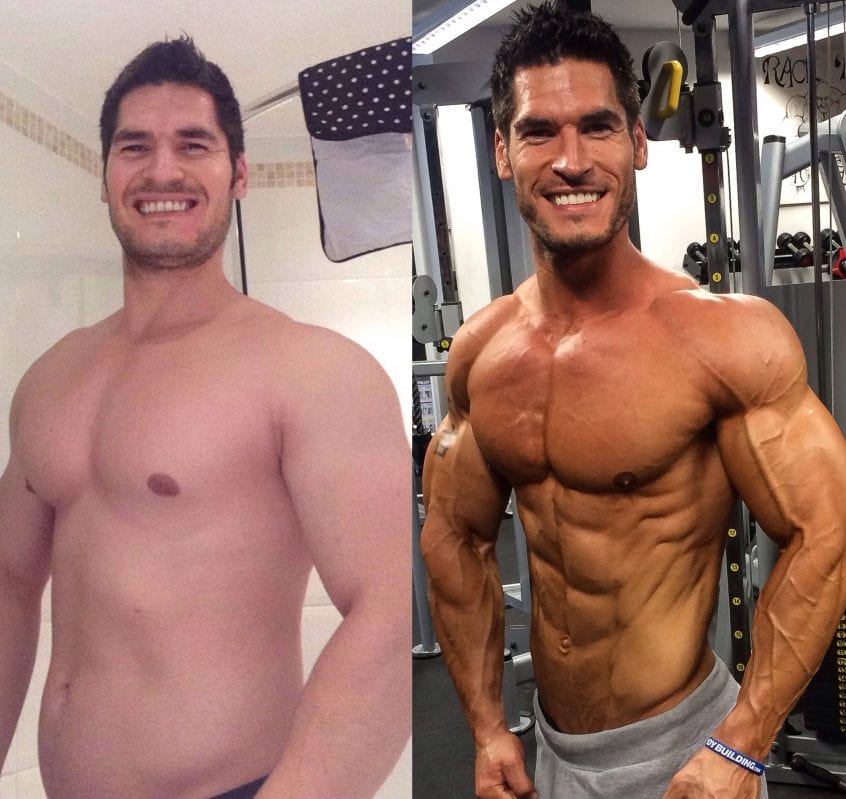



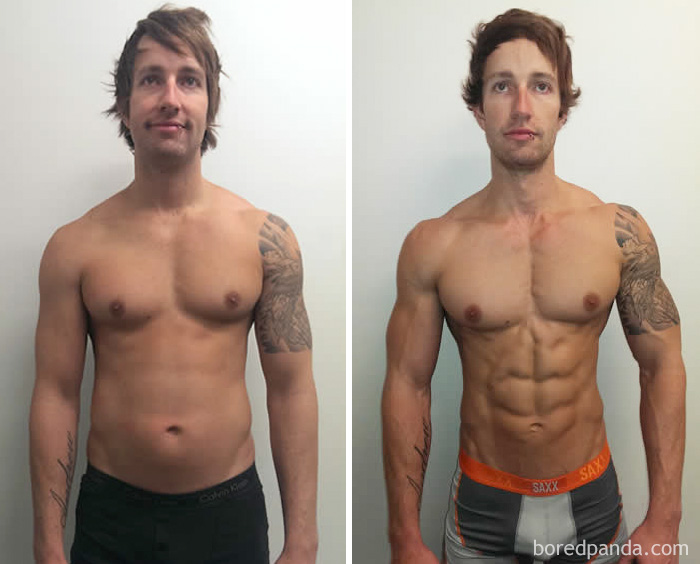




![Steroids 1 Month Before And After [Ozempic Before and After] I Lost More Than Just Weight: My Shocking 74](https://p9n2c8y2.delivery.rocketcdn.me/wp-content/uploads/2023/07/Ozempic-before-and-After.jpg.webp)


